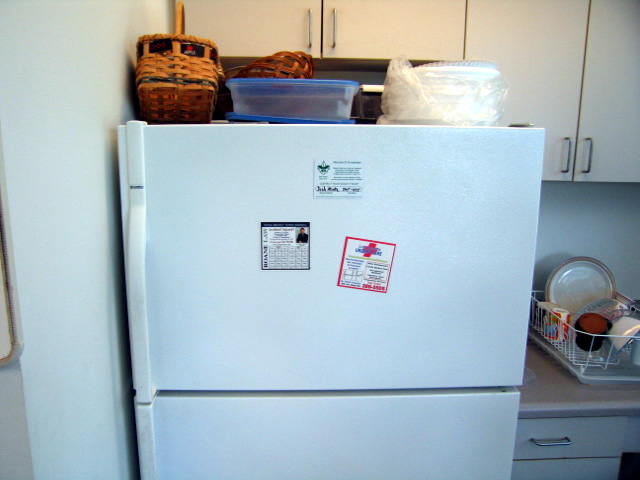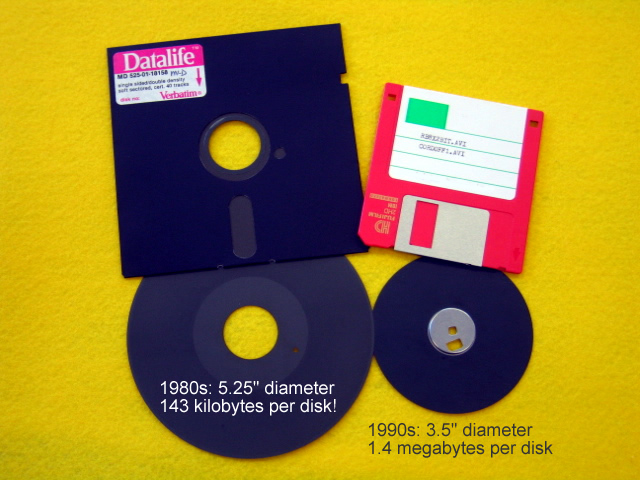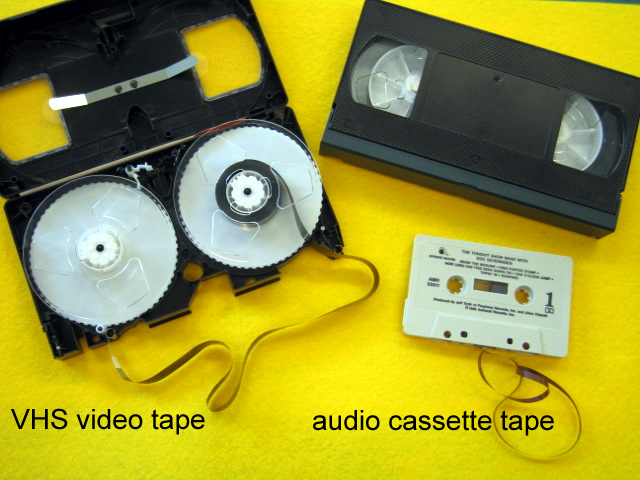Introduction I assume at some point in your life you have played with magnets. The most basic kind is the bar magnet. If you hang a bar magnet so that it is free to pivot, it will turn so that one end points towards the north, more or less. This is the principle behind the compass, and the end of the magnet that indicates north is called the north pole of the magnet. The other end, logically enough, points south and is called the south pole.
If two magnets are brought near each other, with like poles facing each other, they will repel; opposite poles attract.
If you bend a bar magnet into a U shape, you have made a horseshoe magnet.
Like an electric field, the magnetic field is a vector located at every point in space. |
 |
| If you sprinkle iron filings around a magnet, each small iron piece lines up with the magnetic field at that location. This makes it easy to visualize the magnetic field. The fields lines make closed figures, looping around from the north pole to the south pole of the magnet. |
 |
A bar magnet is a permanent magnet, because its magnetic field is always there. It can't easily be turned off or on. (Unlike an electromagnet, which creates a magnetic field by running electrical current through a wire. Turn off the current and the magnetic field goes away. We'll talk more about electromagnets soon.) |
Activities & Practice
to do as you read
1. Play with this magnet simulation.
2. Take two flat magnets (the kind typically found on refrigerators) and stick them to each other, back-to-back. Now slide one across the other. The motion will probably feel bumpy. (If it doesn't, rotate one of the magnets 90° and try again.) Can you explain the bumpy motion? |
Uses of Magnetism
| Magnetic compasses align with the Earth's magnetic field, pointing roughly north. |
 |
| Permanent magnets molded as plastic sheeting hold artwork on the fridge. |
 |
| Electromagnets are used to lift junked cars at the automobile recycling yard. |
|
| A solenoid (an electromagnet pulling on a piece of metal, to do work) actuates electric door locks in cars, the valves in a washing machine, and doorbells. |
|
| Motors, generators, speakers and microphones all use magnetic fields to do what they do. We'll discuss these in much greater detail later. |
|
Hard Disk Drives store information as bits (0's and 1's) encoded as magnetized spots on a rigid disk. The disk is coated with a ferromagnetic material. Also, the motors that spin the disk and move the read/write head have magnets inside them.
Old floppy disks did the same thing, but aren't used so much anymore.
|

 |
| Audio and video cassette tapes store information on a ferromagnetic material coated onto a long, flexible plastic ribbon. This picture shows the video cassette disassembled, and the actual tape pulled out of the cassettes. Don't do that to any tapes you care about. |
 |
| |
|
|
|






